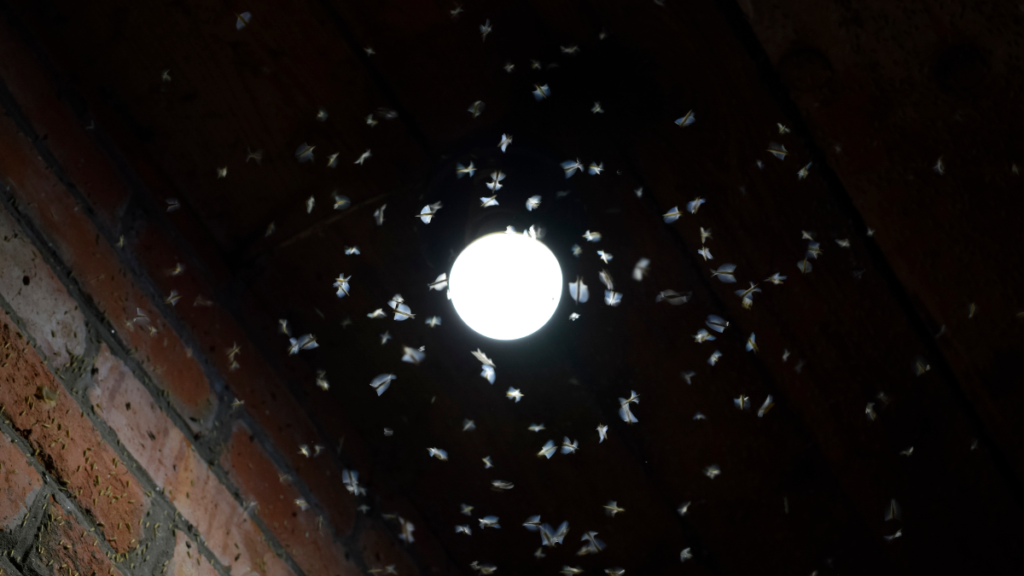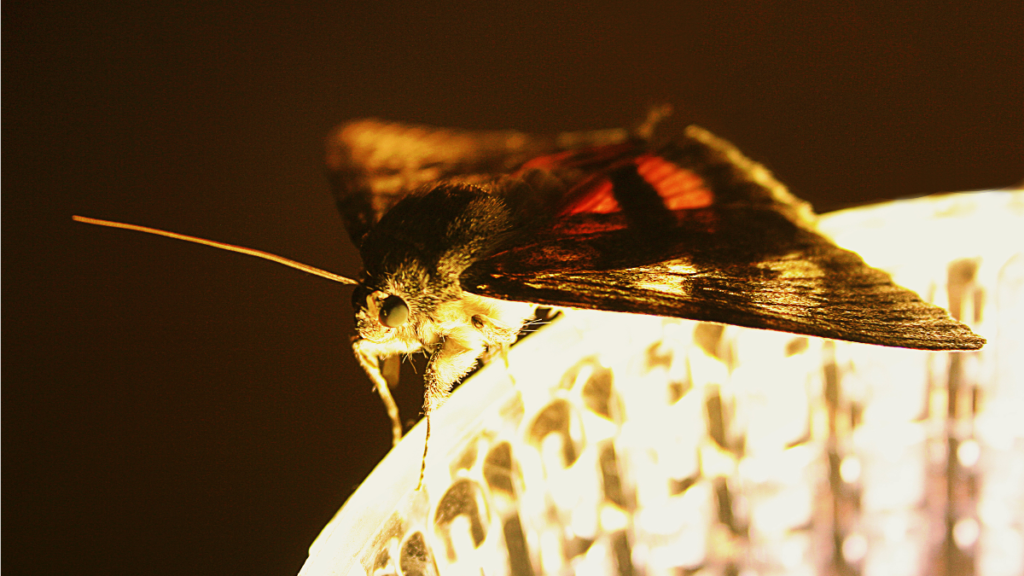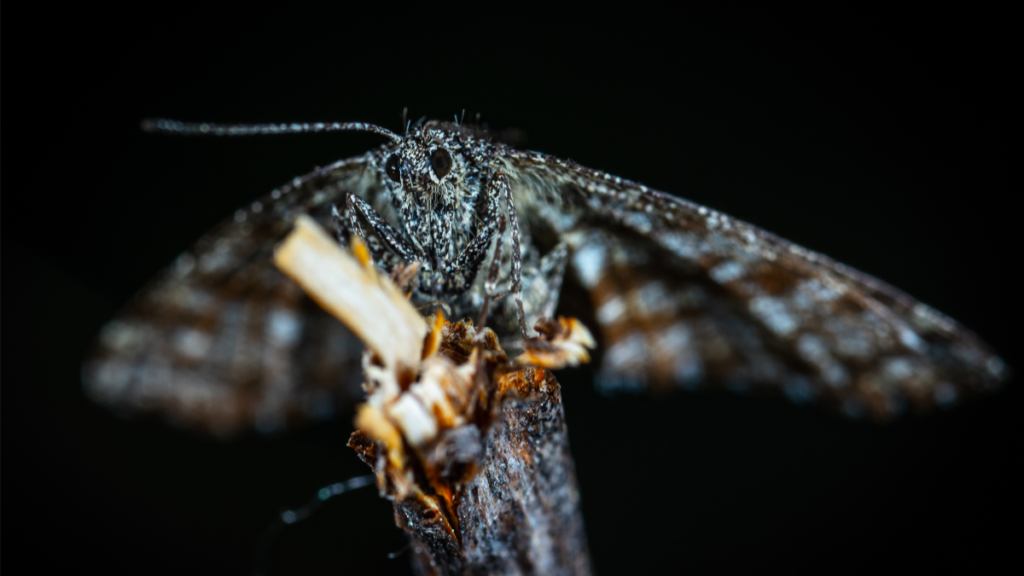Welcome back to the Lab!
And happy National Moth Week! In celebration of our nocturnal (and diurnal!) lepidopterans, let’s explore one of the most pressing questions in lepidopterist circles to date.
Moths are famous for their attraction to light, a phenomenon known to scientists as positive phototaxis, but the entomological community is still puzzling over why.
Transverse Orientation

The leading hypothesis for why moths are attracted to light is known as transverse orientation. This hypothesis suggests that moths use a common, brightly-lit source (typically the moon) to orient themselves in the same way that ancient sailors used celestial bodies to navigate the open ocean.
But Jerry Powell, an entomologist with the University of Berkeley, isn’t convinced. In an interview with Live Science, Powell explains, “That would probably only be done by species that migrate — in that process they might use the moon in some way. But that would not explain why the 50 or 70 percent of moths that are small and don’t migrate would also use moonlight to navigate.”
Glowing Pheromones

In a paper published in 1977, author Phillip S. Callahan suggests that moths are attracted to light – specifically candlelight – because the infrared light emitted by a flame mimics the faintly luminescent pheromones female moths use to attract males. Callahan was able to predict the luminescence of female moth pheromones’ based on the morphology of male antennal spines or “sensilla.” He wrote, “The male moth is highly attracted to and dies attempting to mate with the candle flame.”
While his depiction of a male moth’s deadly encounter with a candle flame is… illuminating, it doesn’t explain why females are also attracted to artificial light sources. Additionally, UV light is a far better attractant than infrared light, and does not emit the same wavelengths as a female moth’s luminescent pheromones.
Not all moths are attracted to light

Many moth species are negatively phototactic, meaning they are actively repelled by the light. Some species, like many cave-dwelling moths, seek out dark places and avoid artificial light sources, only adding to the great moth mystery.
Until next time, thanks for visiting the lab!
Bug Wrangler Brenna
brenna@missoulabutterflyhouse.org
Want to revisit a previous Notes from the Lab issue? Check out our archive! Do you want to request a subject for an upcoming issue? Email me at the address above and put “Notes from the Lab” in the subject line.